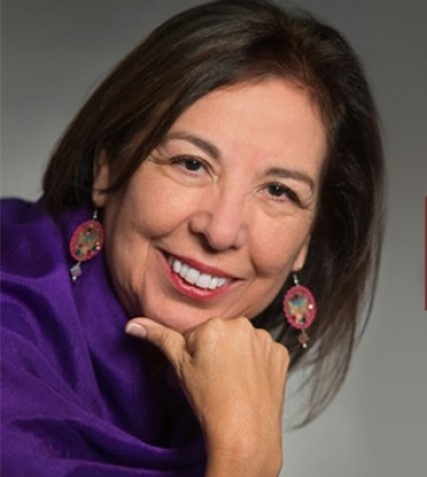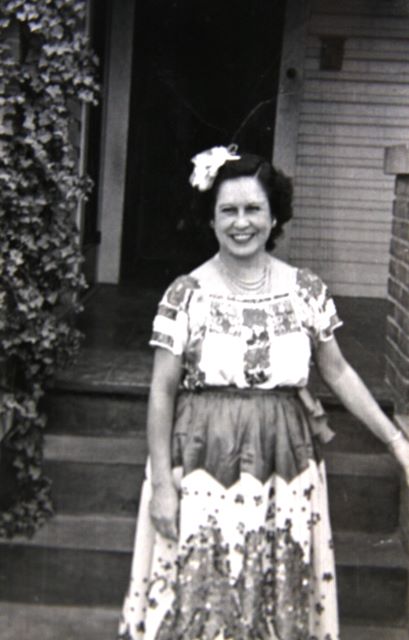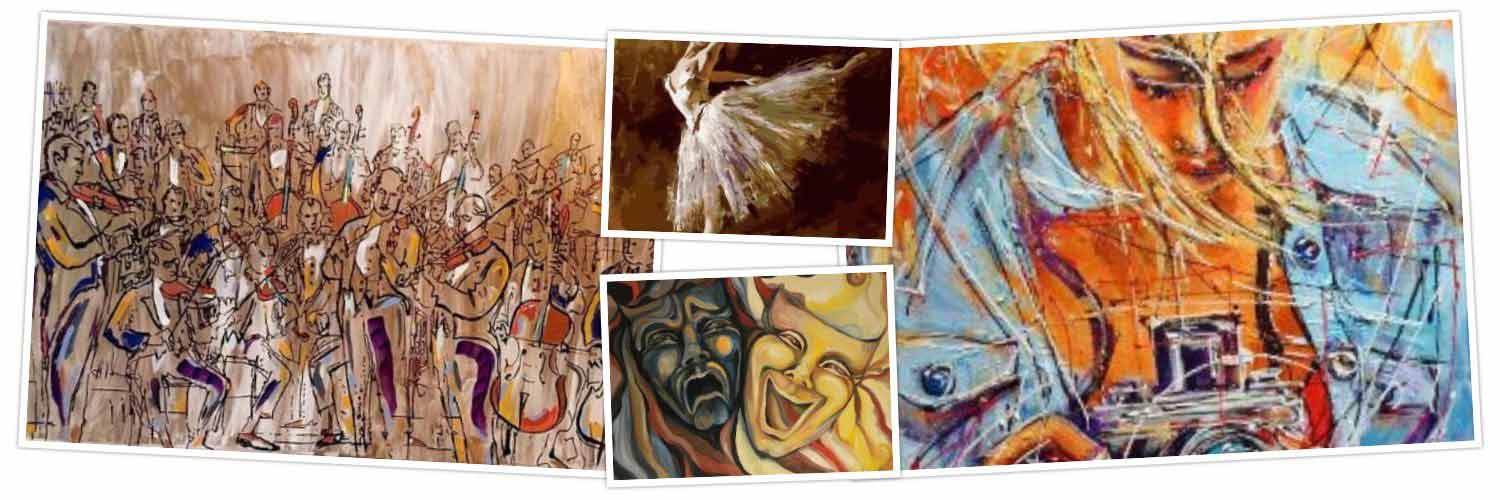Symposium Examines Role of Folkloric Dance in Chicanx Communities
By JASMINA WELLINGHOFF, Editor
Nearly every culture in the world has a folkloric dance tradition, meaning dances that emerged historically from the people of a region or country. And Mexico has an especially rich dance tradition that a number of dance companies in the U.S. nurture and excel in. Such is the case with the Guadalupe Dance Company, a resident professional ensemble at the Guadalupe Cultural Arts Center.
So, it’s hardly surprising that they would be invited to participate in a two–pronged symposium titled Dance and Identity: A Symposium on Folklorico in Chicanx Communities, organized by Trinity University humanities professor, Norma Cantu. Cantu is the leader of the symposium part that is scheduled to take place at Trinity University on Oct.7, consisting of presentations and a discussion on the title topic, while the Guadalupe Dance Company will do what they do best – dance.

“Norma has been a supporter of the Guadalupe Center for many years,” said GCAC’s education director, Belinda Menchaca, who also led the dance company for many years. “We often talked about the importance of folklorico dance in our community, and the importance of the Guadalupe Cultural Arts Center. So, it was during one of those conversations that Norma said, spontaneously, that she would like to organize a symposium on folklorico dance. That was about two years ago. Then, we eventually started planning and now, here it is!”
In addition to Cantu, the talk session at Trinity will include a range of speakers, some of whom will relate personal experiences and others whose contributions will be more based on research and scholarship. Cantu and GCAC’s director Cristina Balli will open the proceedings. Plenary speakers are Olga Najera Ramirez from the University of California, Santa Cruz, and Andrea Guajardo from NYC-based Ballet Nepantla. Other speakers are Maria Luisa Colmenarez, Erika Gutierrez-Martinez, Felisa Patino-Longoria, Manuel R. Cuellar, Viviana Enriquez, Mona Lisa Montgomery, and Gabriela Mendoza Garcia.
“I am so happy that it’s become reality,” noted Cantu. “The idea was to bring together people who dance and teach folklorico with scholars who are studying it. As a folklorist myself, I study such traditions and teach cultural traditions, so, it seemed like the perfect scenario to bring practitioners and scholars together to talk about it. So, we issued a call for papers, and we got a very interesting variety of submissions. Together, they give us a panoramic view of the field.

Montgomery’s presentation may be of special interest since it relates to the history of teaching folklorico in San Antonio by pioneering dance instructor, Berta Almaguer, who arrived here with her son more than eighty years ago, and started teaching Spanish and Mexican dance through the Parks & Recreation Department of the City of San Antonio in 1934.
“Oddly, there’s no information on the internet nor even on the city’s Park & Rec Department’s website about her program and how much it contributed to San Antonio economic development, especially in the creative economy. And how it served all these major civic organizations that continue on to this day, such as the Conservation Society, Daughter of the Republic of Texas, Fiesta Noche del Rio, The Lions Club, etc. Berta’s students were performing for the events of all those organizations.”
The famous local singer, Rosita Hernandez, was Berta’s daughter-in-law, married to Berta’s son, Raul Almaguer. In the period between roughly 1940 and 1960, the family – also including niece Yolanda Almaguer, and granddaughter, Diana Rosa Almaguer – performed and produced many shows for events such as Fiesta and Hemisfair ’68. Yolanda later became a Cultural Arts Supervisor for the Parks & Recreation Department in the 1980s where she created the Fandango Dance Troupe.
A lot of local cultural history there that will not be lost thanks to Montgomery, who also worked for Parks & Rec. One recognition that Almaguer is getting is her name on the new city-owned dance studio where classes are offered at low cost.

The dance part of the symposium consists of two performances that will take place at the Guadalupe Theater: The Gabriela Mendoza-Garcia Ballet Folklorico, from Laredo, and “Celebrando Tradiciones” by the Guadalupe Dance Company accompanied by the Mariachi Azteca de America. The Laredo show was created by Mendoza Garcia using scholarly text, archival research and ethnographic sources, to narrate the history of Chicano people with traditional dance along with a choreographic fusion of zapateado, mambo, and flamenco rhythms. The story told includes the farmworkers’ fight for basic rights, the creation of the Brown Berets and the use of art to affirm their Mexican roots.
“Celebrando Tradiciones” features dances from several regions of Mexico, including Azteca, Puebla, Jopala, Nuevo Leon and Jalisco.
——————————————————————————————————————–
Trinity University symposium, Oct. 7, 9 a.m. to 5 p.m.; Knox Holt Center, 106 Oakmont Court, on the Trinity University Campus; free admission but the hall that seats only 60 is already fully reserved; The dance performance by the Laredo Company is Oct. 7 at 8p.m.; tickets are $15 to $30; “Celebrando Tradiciones” is on Oct. 8 at 8 p.m., tickets are $15-$30, and reserved tables for 4 are $150. Both performances at the Guadalupe Theater, 1301 Guadalupe St. 78207; 210-271-3151, www.guadalupeculturalarts.org

Thank you for sharing information on this Hispanic Heritage event. Here’s a link to a short video montage of historical photos of Berta Almaguer’s work. The background piano music is Berta playing one of her Mexican medleys she used in her choreographies.
https://youtu.be/uldOSy6wgec
Super excited about this symposium. Thank you Norma for spearheading this amazing initiative and thanks Jasmina for spreading the word! This is so long overdue!
Thank you for including the link. The photos are beautiful! I want to thank Mona Lisa Montgomery for sharing them and the astounding story of Bertha Alamaguer’s legacy through your publication and her upcoming participation in the symposium you told us about.